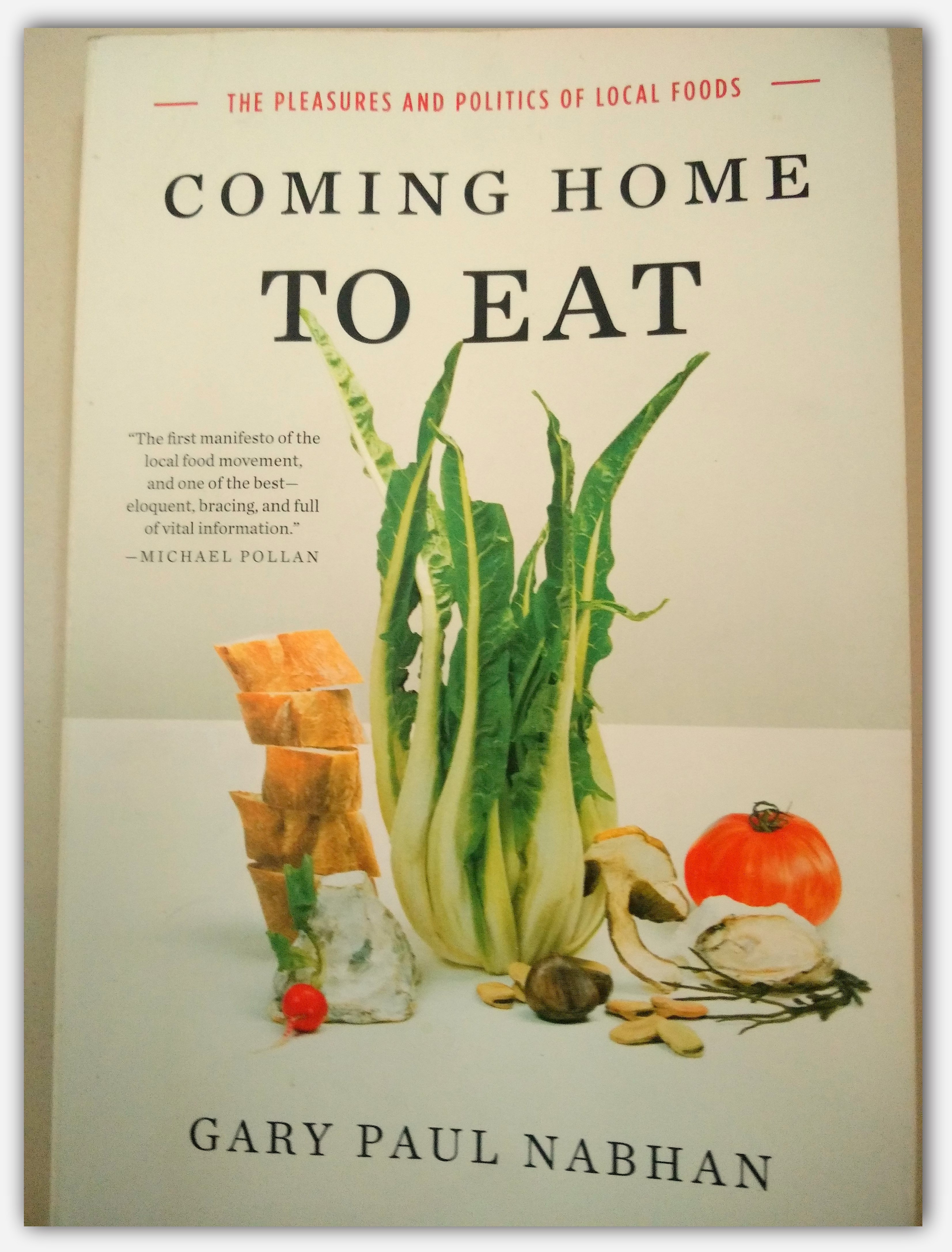A deep dive on the impact of local and native foods, and our relationship with food.
I envy them. Those Instagram posts about backyard harvests. Those baskets filled with fresh produce. I really wish one of them was mine.
A while ago I did a small gardening experiment, and I would like to very proudly say that my harvest included a small bunch of mustard greens and two okras. Yes, you heard me right, one, two- two. Chalking out the details of how my garden can (will?) become a little more bountiful in the near future, I was reminded of this Aeon essay by Dr Louise Fresco. She writes in the end that if not a great harvest, growing tomatoes (as an example) on our windowsills will help us understand the plight of everyone working towards our food.
Agricultural economist and Ethnobotanist Dr Gary Paul Nabhan‘s “Coming Home to Eat; The Pleasures and Politics of Local Foods” takes growing our food a step further than just looking at food producers in admiration. Through his attempt to eat local food for a year, Dr Nabhan takes a deeper dive on the impact of local and native foods, and our own relationship with the food we get.
What does this experiment of his entail? As his friends ask him about the rules, he writes-
“I have initiated an extended communion with my plant and animal neighbours, the native flora and fauna within 250 miles of my home. I have chosen to eat with them, as well as them.”
The the fact that he creates this “extended communion” in the deserts of Arizona makes his experiment enviable at times and an inspiration otherwise.
“But when the summer rains poured it on again so hard that I couldn’t keep up with my own backyard production of jalapenos, guajillas, serranos, and pastilla chiles, I wondered why so many people with yards, balconies, and windowsills, still purchased herbs and spices. My garden beds were burgeoning with Mexican oregano, epazote, basil, chives and mints. Even if you were a lousy gardener in the borderlands, you could always find nearby a wide range of oreganos and chiles, lavenders and mustards. “
But Dr Nabhan’s “foodshed” includes more than just herbs. He writes about growing heirloom vegetables, beans, peaches (“Within seconds of leaving the mother tree, the peach was in my mouth, and it was becoming part of my body.“), raising turkeys, eating cactus and sometimes even eating roadkills (the rattle snake part is a bit hard to digest even visually). Basically, embracing everything the desert land offers and used to offer in abundance years ago.
In his pursuit of native foods, Dr Nabhan also builds a community of people who are connected by food. I realised that even when we try and buy produce from a local farmer, or any food prepared locally, we never try to establish that connection over food. Talk to the farmer about the vegetables or fruits? Talk to the person making a traditional snack about how its purpose has changed over the years? Get some insight about the source? If you tell me all this sounds way too idealistic for the world we live in, then all I can say is that what is the harm in trying? It is just another conversation. Never know what it can lead to.
This book is about how we are connected with our land, the food that grows on it, and people who share this food. Click To TweetPublished in 2002, Coming Home To Eat is relevant even today as we are trying to understand what eating local really means. This book is not a compilation of gardening tips. Nor will you find details of how eating local may impact your health (although the author briefly mentions that his HDL/LDL ratio did improve in the Epilogue of the book). This book is about how we are connected with our land, the food that grows on it, and the others who share this food with us. Philosophical as it may sound, it is surprising to know that we have forgotten our involvement in this food cycle, and we only think about our carts and our plates.
“I continue on, adding to my dooryard garden, harvesting what I can from the wildlands around my home, raising minor breeds of turkeys and planting native seeds. The percentage of food that I get from local sources will no doubt vary over time, but I’m sure it will never return to the abysmally low proportion it was before I began my modest experiment. I cannot go back to ignoring where I am situated in the food chain, that cascade of energy that can be shunted in the direction of regeneration or in the other direction, toward desolation row.”
For more information visit the author’s website at https://www.garynabhan.com/
Like this post? Also Read

